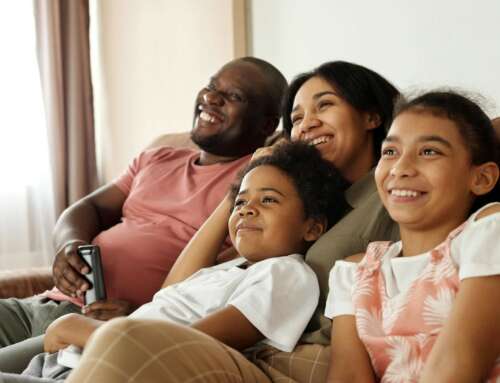As too many of our youth spend more and more hours in a zombie-like trance on their video games and electronic devices, parents are beside themselves.
Our kids don’t want to exercise, let alone do their school work. A phone or computer screen is their best friend as they contact whoever knows who on the internet. How did we allow ourselves to lose control of their development?
And, more importantly, how do we get our children back and pointed in the right direction?
We all know of our proud national sporting history. We have seen the highlights of Laver, Rosewall, Newcombe and Roche triumphing in the Davis Cup and numerous grand slam tournaments. We remember Nick Farr-Jones next to the Queen lifting the Rugby World Cup or Ian Thorpedo and Grant Hackett winning gold at the Sydney 2000 Olympics. Historically, cricket’s Ashes have usually been ours.
But today the stereotypical Australian youth is more likely to be obese and unfit from too much screen time rather than looking like a future sporting hero.
Not only are too many of them overweight, but the technological isolation of modern youth is an impersonal and often lonely place. Professor Gordon Parker of the Black Dog Institute is alarmed by the connection between online bullying and youth suicides. In addition, parents are observing characteristics familiar to other addictions in children obsessed with online games.
But the community village that a sporting club can be does provide hope. The social aspect of sport can never be overstated. It has the capacity to bring different people together. The involvement of adult coaches and youth working together develops intergenerational trust and positive role models. Sporting competition is a window into our diverse community as sports participants leave their local area to compete in another suburb, town or city.
– Alister Henskens
Read More: Time For Our Children to Put Down the Devices and Participate in Sport
Illustration: John Shakespeare








Leave A Comment